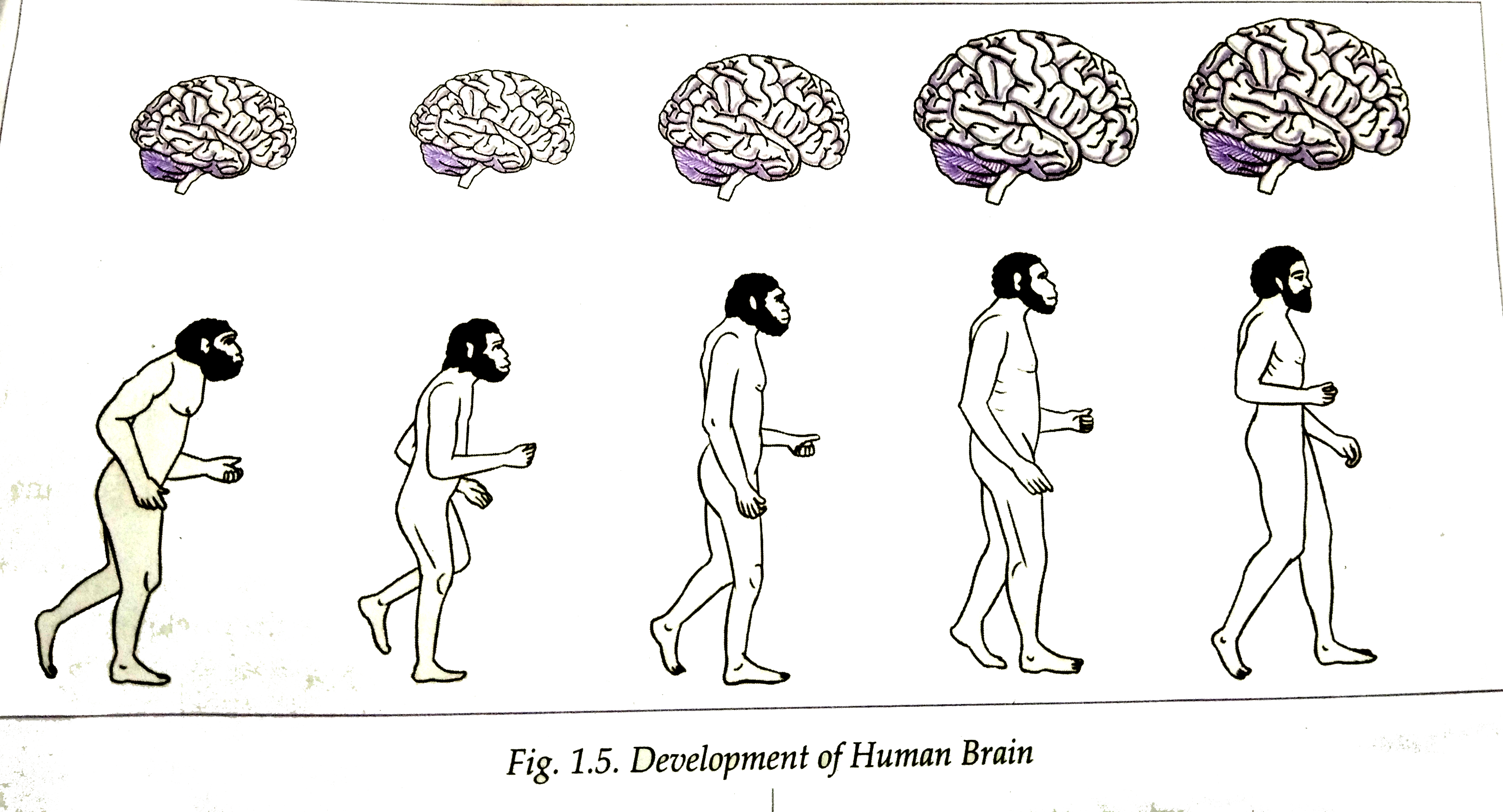Text Solution
Verified by Experts
|
Topper's Solved these Questions
HEREDITY AND EVOLUTION
CHETAN PUBLICATION|Exercise Answer in detail:|10 VideosView PlaylistHEREDITY AND EVOLUTION
CHETAN PUBLICATION|Exercise Observe the picture and answer the questions:|2 VideosView PlaylistHEREDITY AND EVOLUTION
CHETAN PUBLICATION|Exercise Draw neat and labelled diagrams of:|3 VideosView PlaylistENVIRONMENTAL MANAGEMENT
CHETAN PUBLICATION|Exercise ASSIGNMENT-4|5 VideosView PlaylistINTRODUCTION TO MICROBIOLOGY
CHETAN PUBLICATION|Exercise Assignment - 7|12 VideosView Playlist
Similar Questions
Explore conceptually related problems
